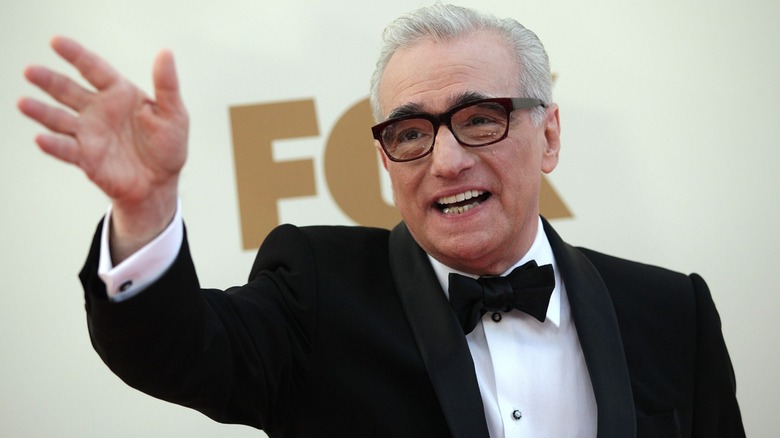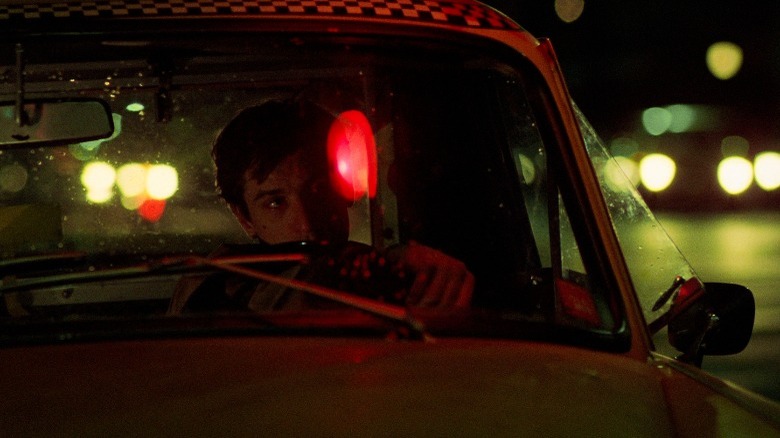Martin Scorsese Admits One Part Of Directing Has Always Been His Weak Point
Martin Scorsese is a name that anyone who has even the slightest bit of familiarity with filmmaking recognizes. The director may be a Hollywood legend now, but his humble upbringings and unorthodox techniques once made him an outsider in cinema circles. It took years for him to hone each of the individual skills required in the larger fitting together of the puzzle that is making movies. And according to the man himself, it was lighting that posed the biggest hurdle.
As an aspiring director, Scorsese had to gain a familiarity with every part of the filmmaking process, even if he collaborated with people who more directly handled each job. Lighting in film has its own complex set of rules that opens up an entire world of possibility — as well as potential for mistakes. As someone who grew up in the tenement apartments of New York City and liked to tell stories in that setting, Scorsese wasn't exposed to the world of formal studio lighting and often had to rely on lighting from indirect, outside sources. That approach has a whole lot more variables than setting up lights in a controlled studio environment.
Let there be light
Scorsese practiced in the world of low-budget, independent cinema at the start of his career, which meant that he didn't have access to Hollywood studio budgets and equipment while shooting his projects. That turned out to be a somewhat of a blessing, though, as it allowed him and his New Hollywood cohorts to experiment with untraditional filmmaking techniques.
In the winter 2007/2008 edition of DGA Quarterly magazine, he explained how lighting posed a challenge for him despite fixating on it while studying film:
It was something I had to really learn, and even now I still need people to help me with it, because I don't quite know how to express emotion, to bring out the psychological aspects of a character, with lighting... Though when I became a film student in the early '60s, we were all thinking about natural light, trying to emulate [cinematographers] Henri Decaë, Peter Suschitzky, John Alcott, the great Geoffrey Unsworth, with bounced light, indirect light—all that kind of stuff. Obviously, it was more practical for us to go that way, with quote-unquote indirect lighting, than studio lighting, because we had no studios. They tried to teach studio lighting at NYU, gave us John Alton's "Painting with Light." It's a great book, but you kept thinking, this isn't a movie studio, this is New York.
"Taxi Driver," as an example, utilized streetlights to illuminate New York's gritty streets, enhancing the film's realistic feel in a manner that claims the documentary-like style of French New Wave director Jean-Luc Goddard as an influence. Because the crew had little time and money, Scorsese and director of photography Michael Chapman managed to turn the lack of resources into art. Of course, the director now has access to both complex studio rigs and digital programs to manipulate light in any way they choose, but his skill wouldn't be as developed if it wasn't for his DIY roots. Sometimes, limitations are the best teacher.

